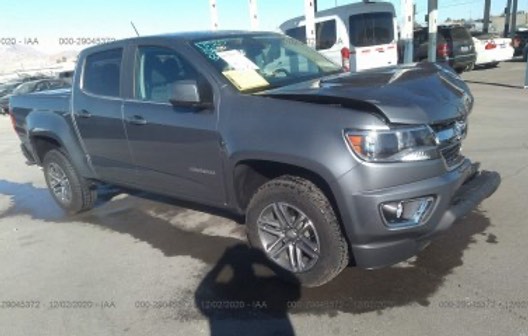Most insurance policies pay out Total Loss Settlements based on a vehicle’s actual cash value (ACV) for a geographic location. This is the amount the car was worth at the time of the accident in the area the accident occurred. Unfortunately, a vehicle’s original purchase price, or how much is owed on the auto loan, does not factor in to this valuation. Instead, insurance companies will consider the fair market value your vehicle would sell for immediately before the total loss occurred.

Factors used to calculate ACV in a Total Loss Settlement
- Age: A vehicle’s age plays an important role in Total Loss Settlements by calculating an automobile’s ACV. Generally the older the vehicle, the less valuable it is or lower the fair market value will be.
- Mileage: When a vehicle has high mileage, this too can lower the ACV because the higher the miles, the more wear and tear to the major components that make the car run.
- Overall Condition: Insurance companies often make deductions based on an automobile’s prior damage, including prior mechanical issues, and major body damage. Even cosmetic damage can cause a valuation to come in lower than expected.
- Fair Market Value: How much a car or truck is selling for nearby, both privately and through a dealership, will also play a factor in determining it’s ACV.
Get a fair Total Loss Settlement with DVAC
Obviously these deductions can add up quickly and it’s not uncommon for an insurance company’s Total Loss Settlement offer to be off by thousands of dollars. Read this case study which highlights how we helped secure an extra $9k for our client from the insurance company. We can help you resolve total loss settlement disputes quickly by providing a licensed and accurate analysis of your automobiles actual cash value. Don’t leave money on the table. Start your appraisal today!


